Relatively simple B5N2 that was originally made for Ayanon's IJN Zuiho carrier, but decided to upload it.
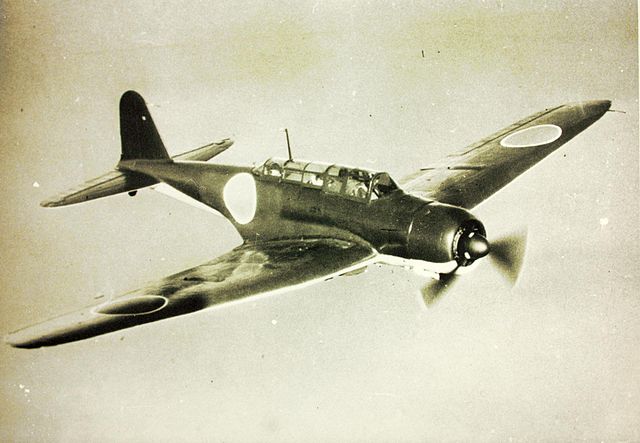
The Nakajima B5N Kanko (Allied reporting name "Kate") was the standard carrier-based torpedo bomber of the Imperial Japanese Navy (IJN) for much of World War II. It also served as a high level bomber.
Although the B5N was substantially faster and more capable than its Allied counterparts, the American Douglas TBD Devastator monoplane (the U.S. Navy's first all-metal, carrier-borne monoplane of any type with retracting gear), and the British Fairey Swordfish and Fairey Albacore torpedo biplanes, it was nearing obsolescence by 1941. Nevertheless, the B5N operated throughout the whole war, due to the delayed development of its successor, the B6N.
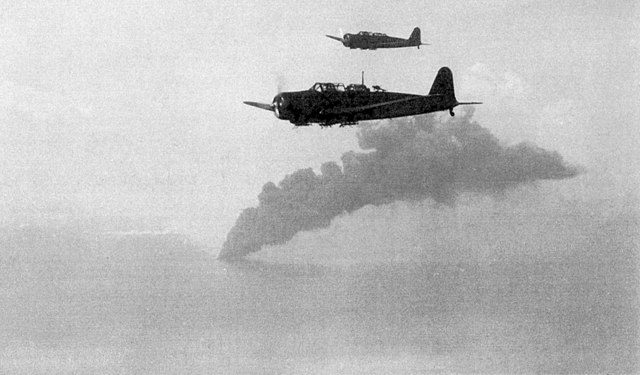
The initial model B5N1 first saw action in the Second Sino-Japanese War in 1938. The updated B5N2 played a major role in the Attack on Pearl Harbor. One of the B5N2s carried Mitsuo Fuchida, the commander of the attack, with one high-level bomber from the carrier Hiryu credited with sinking the American battleship Arizona. The B5N2 torpedo bombers also sank the battleships West Virginia, California, Oklahoma and Utah. Five torpedo bombers were shot down in the first wave. Apart from this raid, the greatest successes of the B5N2 were the key roles it played in sinking the United States Navy aircraft carrier Lexington at the Battle of the Coral Sea and the aircraft carrier Hornet at the Battle of the Santa Cruz Islands, and the disabling of the aircraft carrier Yorktown at the Battle of Midway, later sunk by the Japanese submarine I-168.
The B5N served as the basis for a follow-on design, the B6N, which eventually replaced it in front-line service. The B5N continued to fly in secondary roles, such as training, target towing, and anti-submarine warfare. Some of the aircraft used for this latter purpose were equipped with early radars and magnetic anomaly detectors. B5Ns were also used as bombers during the unsuccessful defense of the Philippines in October 1944, suffering severe losses. Later in the war, they were used for kamikaze attacks.
Controls:
AG1: Jettison Type 91 Torpedo
AG4: Toggle rear gunner and canopy
CameraAim: Aim rear gunner
AG6: Fold wings for storage
AG7: Arm tail hook
AG8 Off: Activate autopilot and gyroscope
Special thanks to @Ayanon for requesting this and featuring my Kate in his IJN Zuiho carrier
Credits to @EnigmaSP for the screenshots taken.
Credits to @ShiroNeko for feedback/testing along with the tailgunner input codes.
blueprint used:
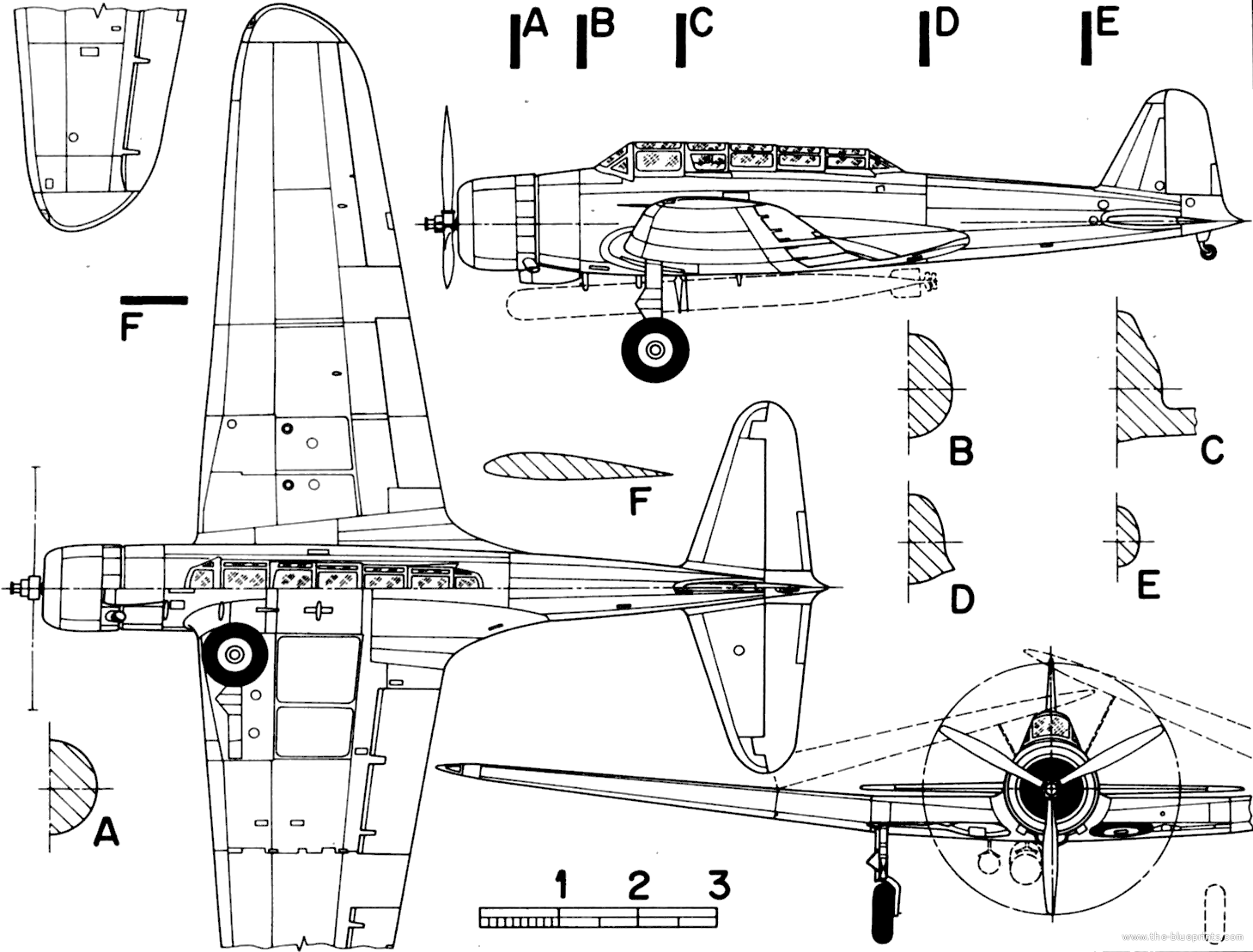
Specifications
General Characteristics
- Created On Windows
- Wingspan 48.9ft (14.9m)
- Length 33.6ft (10.3m)
- Height 12.1ft (3.7m)
- Empty Weight N/A
- Loaded Weight 8,040lbs (3,647kg)
Performance
- Horse Power/Weight Ratio 0.248
- Wing Loading 10.1lbs/ft2 (49.2kg/m2)
- Wing Area 797.9ft2 (74.1m2)
- Drag Points 3139
Parts
- Number of Parts 220
- Control Surfaces 19
- Performance Cost 929

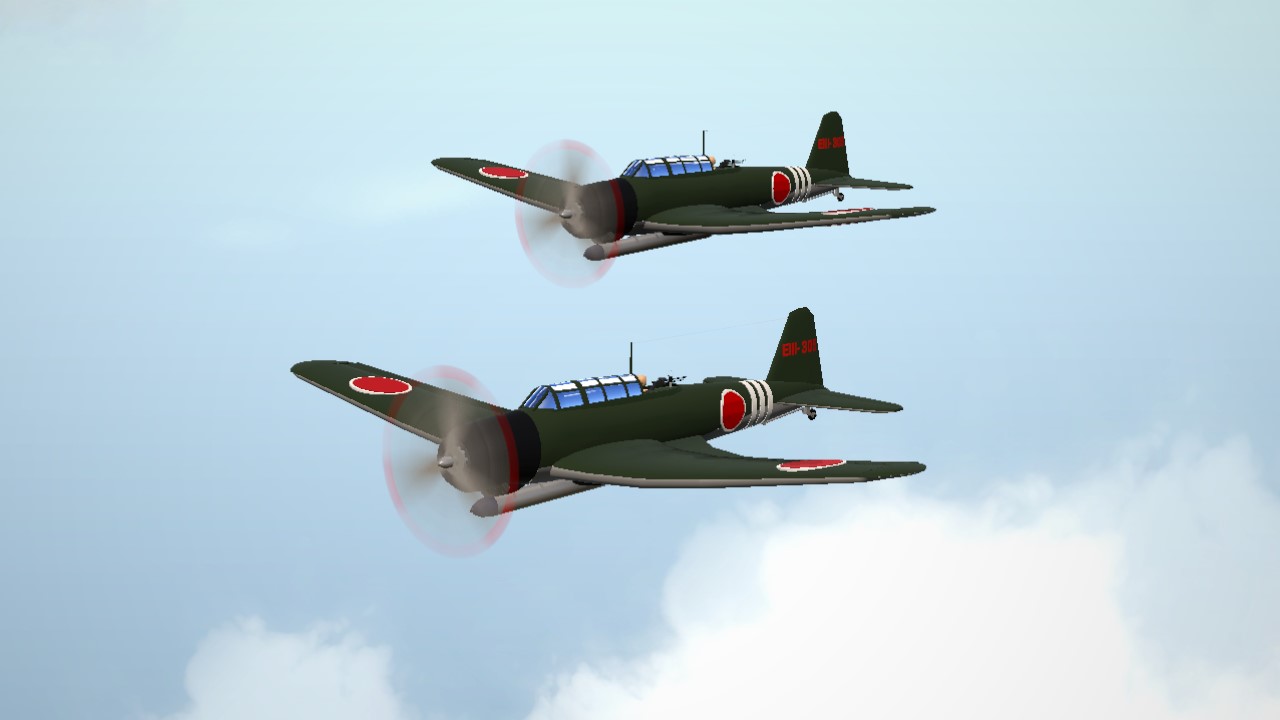
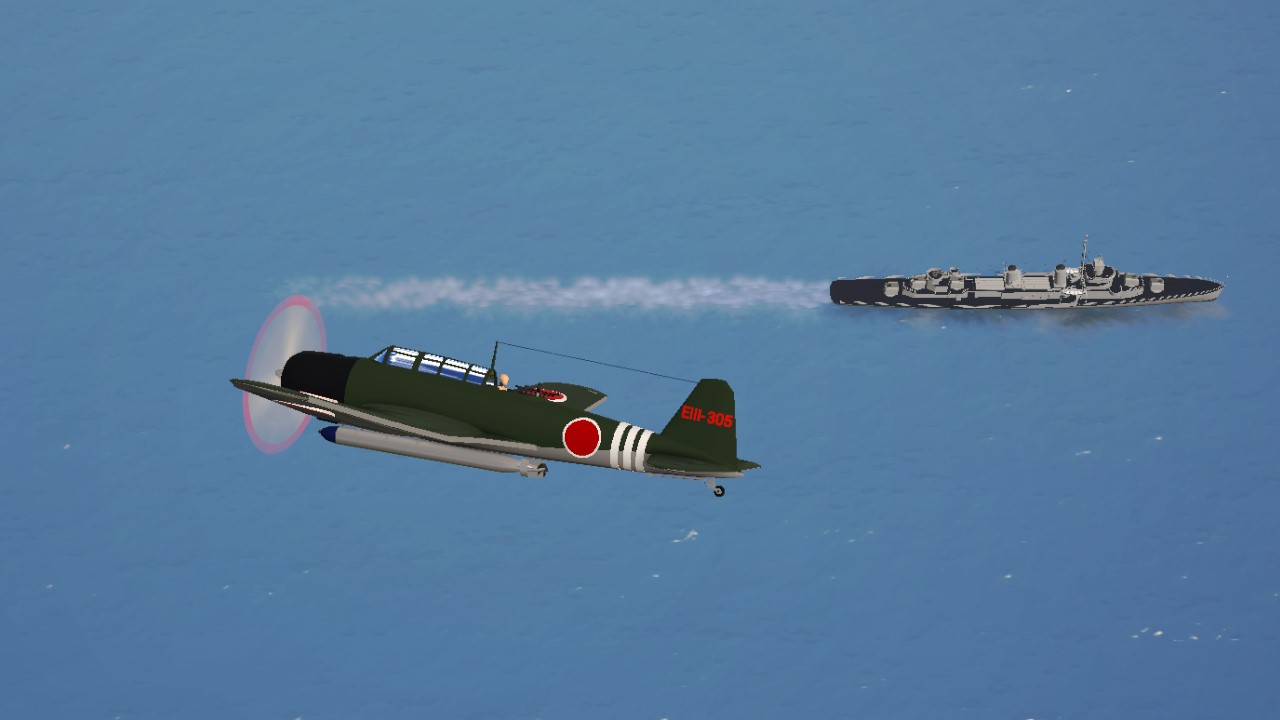
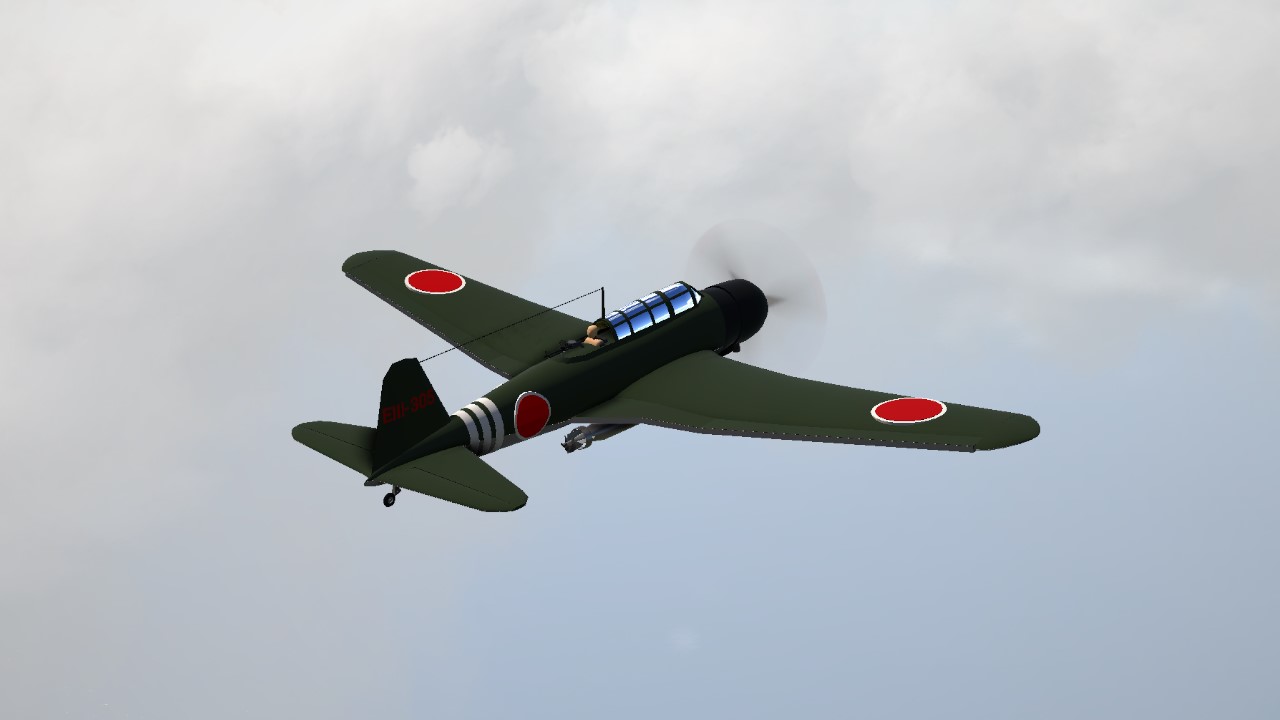



@SomeSPGuyWhoLikesLore
“Boss, the Soviets have developed a new jet fighter. Records indicate they’re designating this one the MiG-15. What should we designate it as for identification?”
“I’ve got just the nickname son. Tell me, how much do you like sticks?”
@DeadlyDialga "Hmmmm what should we name this big Russian cargo plane?"
"Cock."
"What?"
"Cock."
"But thats-"
"Cock."
I do really want to know how the allies (and later NATO) decided on codenames sometimes. I just imagine a bunch of old military dudes sitting around a table listing off random things or names one at a time and then one dude stands up and just goes ’I’ve got it lads. Kate’
@Ayanon kate
Kate